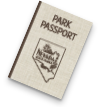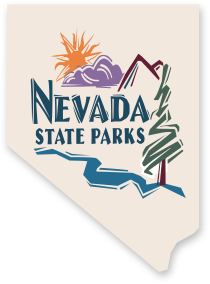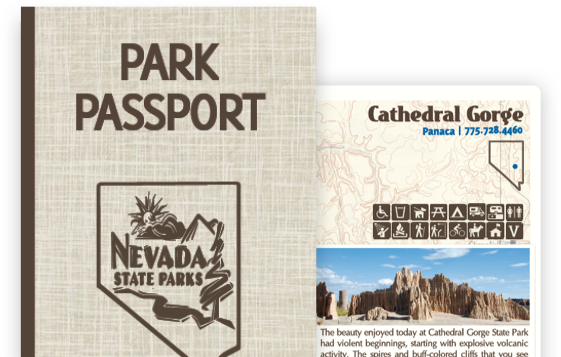History of Echo Canyon State Park
Thousand year old pictographs, stone flakes and pottery represent the legacy of a people called the Fremont. Evidence suggests that the Fremont used these lands for hunting and gathering, but the lack of permanent housing structures indicates that they occupied the land only seasonally, probably moving to a more temperate climate in the winter months.
Fremont pottery is a thin-walled grayware classified by both the technique used to harden the clay and the type or lack of decoration. One such pot, found near the steel bridge, has been identified as Snake Valley pottery and confirms the presence of Fremont in the area from around 900 to 1100 C.E. This pot is on display in the visitor center at the entrance to Cathedral Gorge State Park in the town of Panaca.
Called to settle Lincoln County in early 1860, the Mormon Church sent pioneers to Lincoln County to establish a trade route for settlers and supplies. In 1873 a small group of people worked a small smelter and mill in what was then called Moodyville, fairly close to what is now Echo Canyon State Park. In 1873 a severe wind storm destroyed the camp and nothing remains of the site.
The first permanent settlers in this area were farmers and ranchers who came to Dry Valley in the late 1870s.
In 1969-1970, Lincoln County built Echo Dam for water storage and flood control, with a side benefit of water-based recreation. With the completion of the campground and group use area, the Division of State Parks assumed operation in 1970. Today the 65-acre reservoir is stocked with rainbow trout with other species like largemouth bass and crappie.


